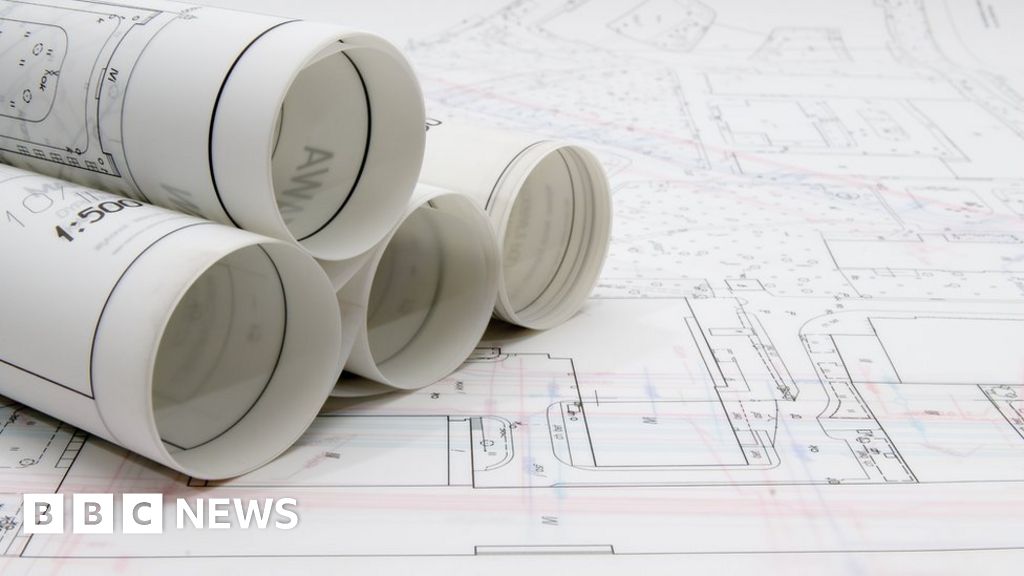Bussiness
How Scotland’s new election map reshapes the race

The Scottish boundary commissioners ran through a series of consultations to try to carve up the map into suitably-sized chunks, while remaining sensitive to existing communities.
To illustrate the kind of issues facing them, the old Falkirk seat had grown far too large, with 86,183 voters. But proposals to chop off neighbouring Denny to bring the numbers down towards the quota target proved unpopular.
What we have ended up with is Grangemouth and Stenhousemuir being shunted off into a strangely-shaped seat with Alloa, across the other side of the River Forth – but without a bridge in between.
Some of the solutions may seem unusual, but they reflect the highly complicated task which confronted the commissioners.
How does this change the context for the 2024 election?
Talking of complicated…
Because the makeup of the electoral map is different, we need to think slightly differently about the coming general election.
To start with, the numbers would look weird if we were comparing an election for 57 seats to one with 59. And then there’s the “movement” of voters – whole communities of them – into different constituencies.
So the baseline for this contest in terms of gains and losses is not the 2019 result, but the “notional” result using the new boundaries.
Boffins have used ward-level data to work out how the results would have looked that year, if it had been fought on the current map of 57 seats.
In many places this doesn’t make a big difference. Bits of SNP-held seats have joined bits of other SNP-held seats, so at the end of the day we still think of them as seats the SNP is defending. But it’s not always so simple.
Take North East Fife, which the Lib Dems narrowly took from the SNP in 2019.


